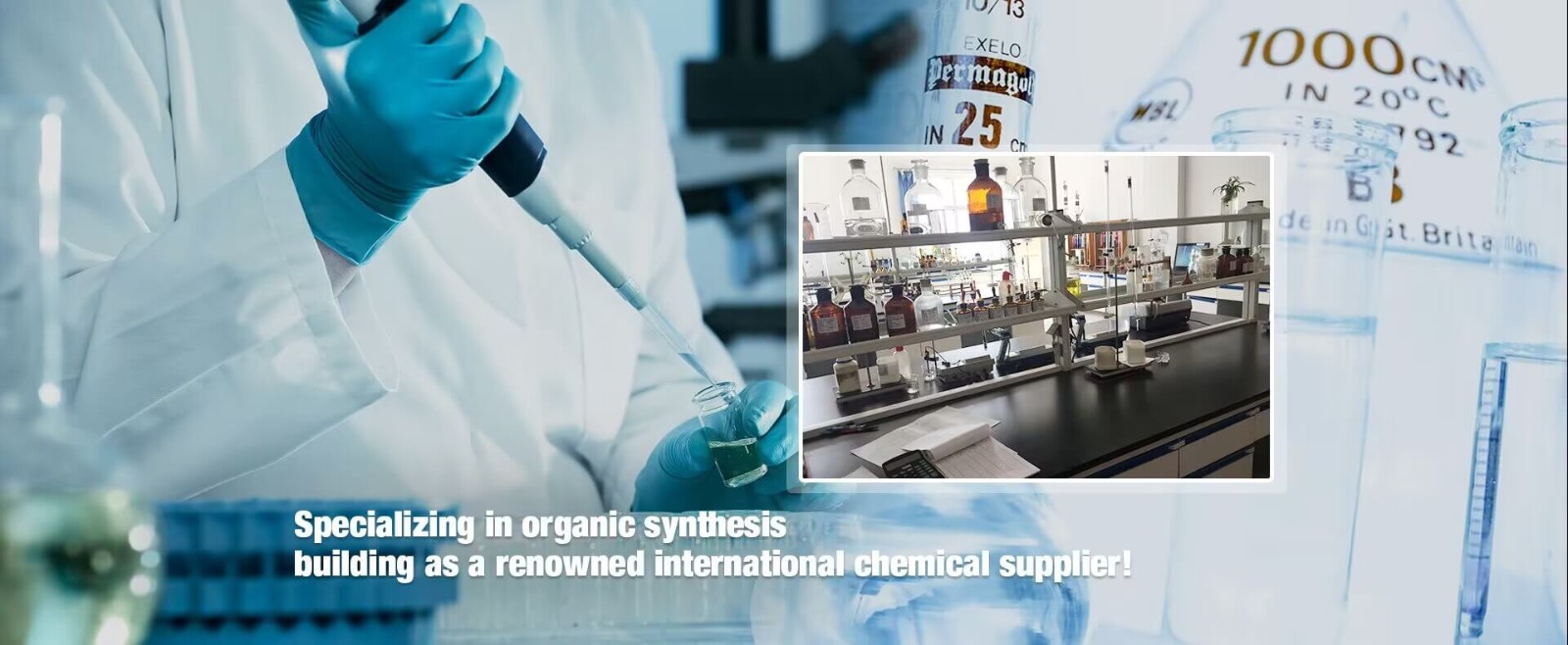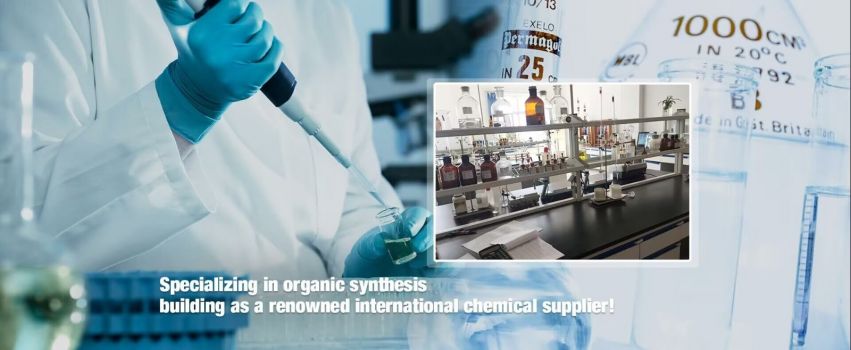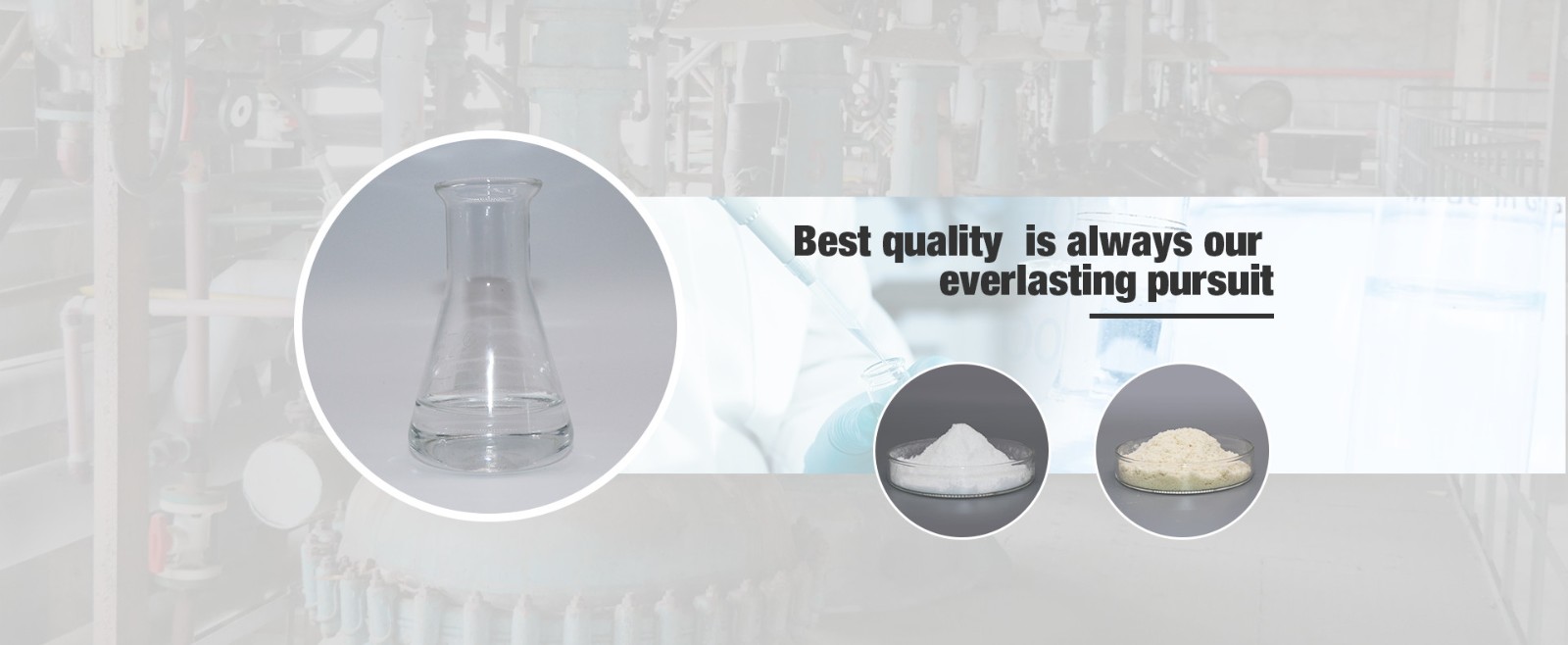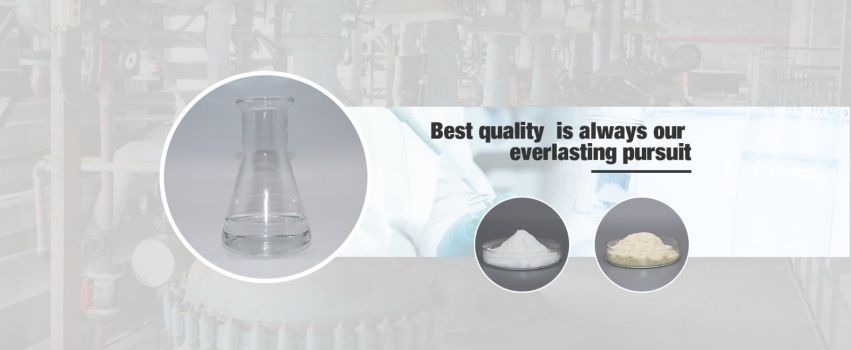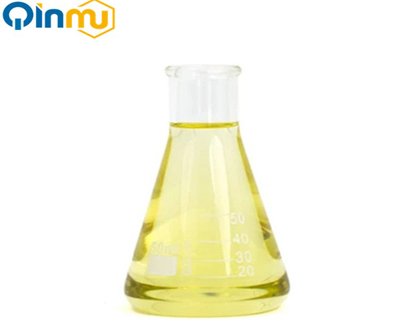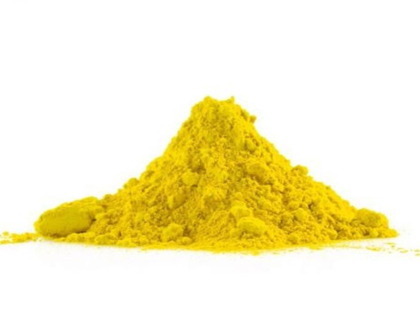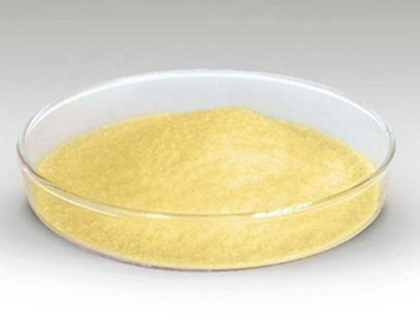Importance of Organic Synthesis and Retrosynthesis
Dec. 07, 2022
The first organic molecule to be synthesised in the laboratory was urea by Friedrich Wöhler in 1828. Since then, organic synthesis techniques have continued to develop and advance and multi-step synthesis using inverse synthesis has been revolutionary in the field of chemical research. The framework of inverse synthesis for the synthesis of organic molecules is designed to be efficient, economical and environmentally friendly and is therefore a valuable asset in changing the way organic chemistry is synthesised.
Inverse synthesis for the synthesis of complex target molecules
Inverse synthesis is a method of chemical synthesis that involves 'deconstructing' a target molecule into its ready-made simple starting material in order to evaluate the best synthetic route. This is achieved by breaking the bonds of the target molecule's structure into constituent fragments (known as synthons) and by converting functional groups into other functional groups (known as functional group interconversion).
Cyclobutanone CAS No.: 1191-95-3
The concept of inverse synthesis was developed and formalised by Elias James Corey, who was awarded the Nobel Prize in Chemistry in 1990 for his work. Before this approach became standard practice, there were no formal methods of organic chemical synthesis, many of which required extensive experimentation and errors in the simple molecules available. Starting with a target molecule, inverse synthesis allows the chemist to work 'backwards' to obtain a simple precursor by breaking down a complex target structure. Often there is more than one possible synthetic route, and inverse synthesis helps to discover these routes and compare them in terms of cost, simplicity and feasibility using different reagents and intermediates. In doing so, the most favourable and efficient route can be selected before synthesis is started on an industrial scale.
The significance of organic synthesis of natural compounds
A large number of biological materials with known powerful medicinal properties exist in nature and can be used for medical purposes to treat, inhibit or even cure diseases. These naturally occurring complex molecules (secondary metabolites) may be extracts of plant or animal species and the organic synthesis of these molecules is therefore an important area of chemical research. Inverse synthesis, through its molecular deconstruction approach, helps to understand the complex nature of these natural products and offers the possibility of multiple synthetic routes from which the most cost effective and environmentally friendly route can be selected. The technique is particularly useful for planning the synthesis of organic compounds, which have a much more complex structure than inorganic compounds.
1,4-Naphthoquinone CAS No.:130-15-4
Inverse synthesis of organic molecules
Among the drugs currently available for the treatment of cancer, several are considered to be natural products. Paclitaxel is a chemotherapeutic drug used to treat many types of cancer, including breast, cervical, lung and pancreatic cancers, as well as Kaposi's sarcoma.
The preparation of paclitaxel involves cutting down several trees of Taxus brevifolia, a rare Pacific redbud, and extracting the drug from the bark. In the early days of drug development, the bark was obtained from the trees by stripping them, which destroyed the trees, meaning there was a limited supply of the drug and a slow, now renewable and environmentally unfriendly process. It takes at least one kilogram of bark to produce 10 grams of a drug.
2-Amino-5-nitrothiazole CAS:121-66-4
In order to reduce the environmental impact, synthetic organic chemists have played a crucial role in the synthesis of paclitaxel in the laboratory using a retrosynthetic approach.In 1994, Robert A. Holton and his team at Florida State University published the first total synthesis of paclitaxel, known as Holton Taxol Total Synthesis. This is a multi-step inverse synthesis method that identifies "patchouliene" as the starting material. Today, there are many other well known routes to the synthesis of paclitaxel, most of which are derived using a retrosynthetic approach. Many of the natural product-based drugs on the market are also being synthesised using inverse synthesis, which minimises project costs and conserves natural resources.
Inverse synthesis provides the ability to select the most feasible pathway for the synthesis of the final product and the IQVIA Chemical Intelligence Synthesis Pathways module illustrates the different pathways available (inverse/non-inverse synthesis).
Conclusion
The importance of the chemical synthesis of organic compounds is clear, especially the use of inverse synthesis to discover new and improved synthetic routes.
-
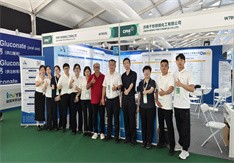
Qinmu's CPHI China 2025 Exhibition Ends Perfect
Jul. 01, 2025
-

CPHI & PMEC China (Shanghai) 2025 --- we are coming!
Mar. 14, 2025







